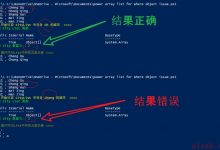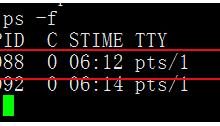一、shell使用
shell对象
[s] Available Scrapy objects:
[s] scrapy scrapy module (contains scrapy.Request, scrapy.Selector, etc)
[s] crawler <scrapy.crawler.Crawler object at 0x000001D84A52E4E0>
[s] item {}
[s] request <GET https://www.baidu.com>
[s] response <200 https://www.baidu.com>
[s] settings <scrapy.settings.Settings object at 0x000001D84A7E91D0>
[s] spider <DefaultSpider ‘default’ at 0x1d84ac98358>
[s] Useful shortcuts:
[s] fetch(url[, redirect=True]) Fetch URL and update local objects (by default, redirects are followed)
[s] fetch(req) Fetch a scrapy.Request and update local objects
[s] shelp() Shell help (print this help)
[s] view(response) View response in a browser
1.对象作用
-
fetch(URL)
切换到指定的url
fetch(req)
req = scrapy.Requests(url)fetch(req)shelp()
shelp()
- 打印出所有命令
view(response)
- 直接打开response相应的网页
settings[\'ITEM_PIPELINES\']
- 找出settings里面ITEM_PIPELINES的值
 爱站程序员基地
爱站程序员基地


